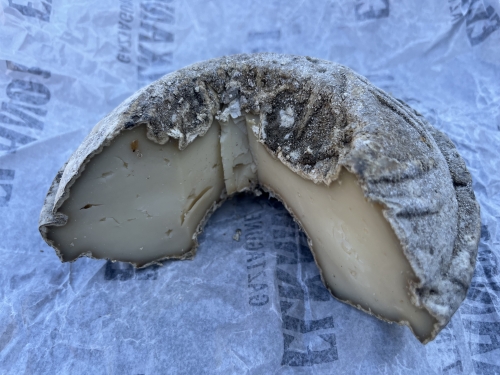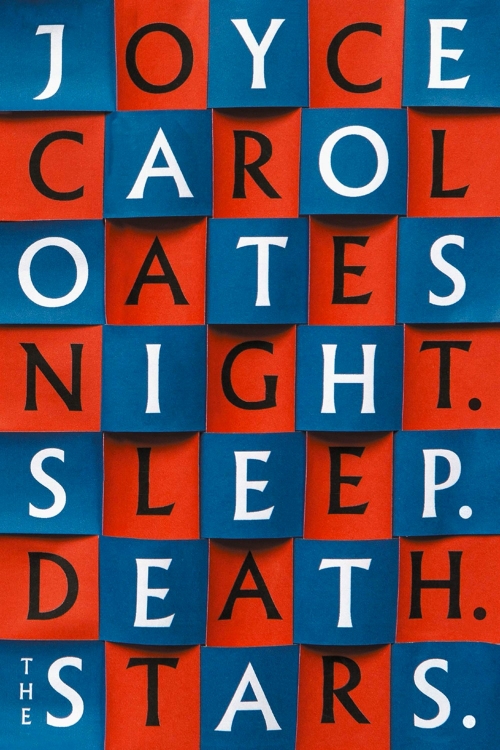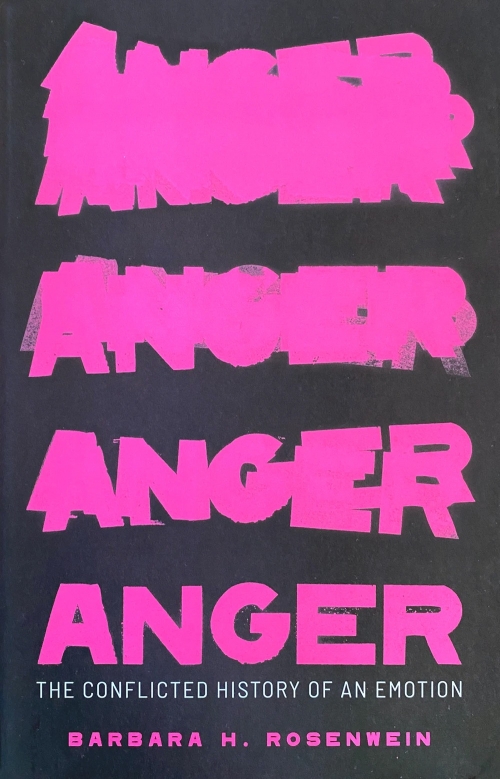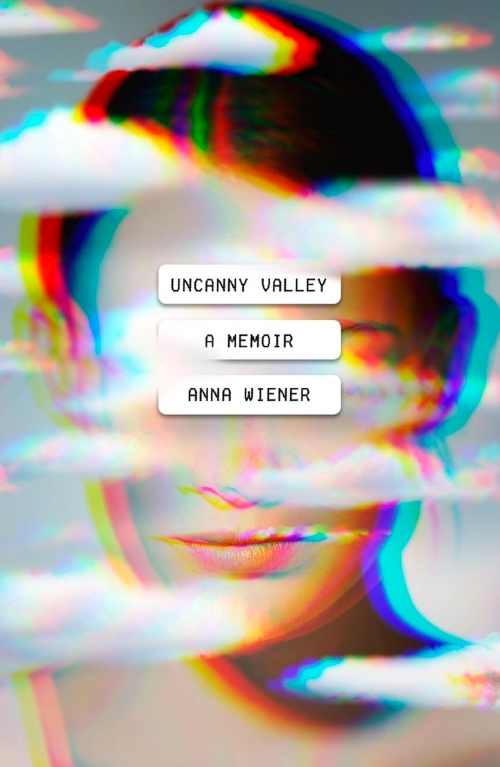
The Tronchon cheese is produced in the region of Maestrazgo (between the provinces of Castellón, Teruel, and Tarragona). In winter, the cattle make transhumance to ‘el Reyno’ referring to the province of Castellón as a much warmer area. There, they continue to prepare this cheese with vegetable rennet (Cynara cardunculus), instead of animal rennet as it is used in the north, which gives a smooth and creamy paste and a slightly bitter taste. This cheese is mentioned in the second part of Don Quixote, and therefore it is at least 400 years old. Tronchon del Reyno is a raw goat or sheep milk cheese, or both.

CASTROCASTILLO is a very unique mixed milk cheese from León, Spain! This blend of raw sheep, goat, & cow’s milk is earthy, mushroomy, & nutty-not to mention beautiful!
Create a new 24fps QT master file from the original 25fps master.
- When you use the "25@24" method, which will play all your 25 frames on the 24fps timeline and make your program longer, FCP X will be perfect for this. Just create a new 24fps project, drop the 25fps QT master onto the 24fps timeline and choose "Automatic Speed". The overall program will be 4% longer as your video and audio will be slowed down by 96%.
When you do this in FCP X, this will NOT alter the pitch of your audio as long as you have "Preserve Pitch" checked in the FCP X Retiming options pane:
Phomopsis disease of cane and leaf are prevalent throughout Northeastern and Mid-Atlantic region, including New Jersey. Most Vitis vinifera, and interspecific varieties are susceptible to this pathogen. The inoculum is carried in spring from over wintering sites by water onto susceptible tissues. In wet spring, grapevines staying wet for the longer duration following the bud break, is the right condition for the infection. Fruit and rachis infections can be severe if not controlled. Rachis susceptibility reduces few days after bloom. Berry infections remain inactive until preharvest, after which they colonize the fruit.




From top to bottom: Zo by Xander Miller designed by Janet Hansen, the UK cover for Night. Sleep. Death. The Stars. by Joyce Carol Oates designed by Jamie Keenan (the US cover for comparison), Anger by Barbara H. Rosenwein designed by Alex Kirby, Uncanny Valley by Anna Wiener designed by Rodrigo Corral.
The next obvious question becomes – what do you consider a license? In order to implement DRM, there are three major things that need to happen.
1. In order to encrypt the content, it must be encoded into a suitable streaming format and then packaged using encryption keys –MPEG-DASH for PlayReady and Widevine and HLS for FairPlay.
2. The Middleware or CMS must be able to allow you to authenticate your user and pass a token or, in our case, an authentication xml to the player. This authentication xml is encrypted and digitally signed by you and includes the rights that you would like to express to the user.
3. The player will notice that the content is encrypted and first check to see if it already has a license to play the content. If it does not, it will ping our server for the decryption key.
4. Each response = 1 license with each license tied to the specific device that is consuming the content.
How often that happens depends on several different factors. The first is how that content packaged. In a VOD scenario, if each title is packaged with a separate encryption key, for the user to consume different titles a new license will have to be delivered for each new piece of content viewed on each device. However, if an entire catalogue of content is encrypted with a single key, a single license will unlock the entire catalogue.
Similarly, for Live content, if each channel is package with a separate key then each channel will require a separate license. If they are packaged with the same key, then a single license will unlock them all.

The University of Fine Arts in Hamburg advertised three €1,600 scholarship places on Wednesday to applicants from across Germany. The applicants can submit their anonymous pitches until 15 September and will have to convince a jury that their chosen area of “active inactivity” is particularly impressive or relevant.
The application form consists of only four questions: What do you not want to do? For how long do you not want to do it? Why is it important not to do this thing in particular? Why are you the right person not to do it?
DRM: CENC Encryption
From the manifest we can also see how Amazon is protecting its content - we can see two distinct ContentProtection blocks nested within the Representations. The ContentProtection blocks define the different methods available to the client to decrypt the content.
<ContentProtection schemeIdUri="urn:uuid:edef8ba9-79d6-4ace-a3c8-27dcd51d21ed"/>
<ContentProtection schemeIdUri="urn:uuid:9a04f079-9840-4286-ab92-e65be0885f95"/>
The two UUIDs above are well known in the industry - they tell us that Amazon is using the common combination of Widevine (edef8ba9) and Playready (9a04f079). This will achieve them fairly comprehensive coverage across common desktop and mobile platforms, as well as most popular OTT devices.
CDN Delivery: Akamai and CloudFront
Looking at Amazon’s manifest we can see that the BaseURL for media segments doesn’t have a URL scheme at the start of it. This means that the video segments are being served through the same CDN infrastructure as the manifest. Going back to our original filter to find the manifest file we see that the hostname for the manifest (and thus, segments) was https://aivottevtad-a.akamaihd.net. akamaihd.net is an Akamai owned edge hostname, which lets us know that for this view Amazon is using Akamai in this case to deliver their video segments to end users.
Now, this is interesting because I would have expected to see AWS CloudFront as the primary media CDN here. It’s well known in the industry that AWS is pushing CloudFront very heavily in the media sector, particularly in the USA where it’s best connected when compared against the worldwide offering. I did check around with a few other people watching the same streams and did spot at least one stream which was being served from CloudFront rather than Akamai. It's likely that there are also more CDNs in the mix that we haven’t spotted yet. During the US Open I did also see that Amazon Prime was using Limelight to deliver segments in the UK.
It would make sense given Amazon Prime Video’s scale and maturity that they would be using multiple CDNs to provide some level of redundancy. However, it's worth noting that given their current strategy of using relative hostnames within their manifests, and not using any form of DNS indirection on top of their edge hostnames, that mid-stream CDN switching to maintain QOS wouldn’t be possible in the current architecture (or at least would require fairly messy player modifications). It’ll be interesting to keep an eye on their approach here and see if they choose to adopt mid-stream CDN switching, and if so, if they buy off the shelf or build their own solution.
Packaging: HLS, H.264 encoded in 2 second fMP4 fragments
From the master manifest alone we can tell which codecs that Twitch is using for delivery - In the #EXT-X-STREAM-INF CODECS field, we can see the same combination of codecs we saw on Amazon Prime - H.264 and AAC. Twitch is delivering 6 renditions from 160p, up to 720p 60fps. This is fairly close to what we saw on Amazon earlier. However, in Twitch’s case the top bitrate is 6.6Mbps, but at a higher frame rate. This may be preferable for high motion sports content. It's also worth noting that Twitch goes to a lower bottom bitrate and resolution than Amazon, which implies that Twitch is catering more actively to users on cellular or low performance internet connections.
Because Twitch is using HLS, we need to perform an extra step to get any information about the exact packaging used. As we explained in our HLS blog post, HLS uses several manifests - one master manifest which lists all the available renditions, and then one manifest for the segments within each rendition. So let’s take a look at one of the rendition manifests - we can just pull the URL from the master manifest and pull it down.
Here’s where it gets interesting. The rendition manifest delivered by Twitch contains the HLS declared version of 6 (#EXT-X-VERSION:6) which immediately implies that Twitch is using some modern and interesting features of HLS - and they are. We see Twitch using the #EXT-X-MAP:URI to point to an fMP4 initialization segment - this approach was only included in recent versions of the HLS specification. We can also look down the manifest to see that all the segment URLs point to .mp4 fragments.
This differs dramatically from Twitch’s usual strategy - Twitch has been a long time user of the more traditional Transport Stream segment packaging format (.ts). But does this new approach point to a fundamental change in strategy for Twitch or is there some more obvious reason for this change?
It turns out the answer is actually fairly simple - Twitch seems to be DRM-ing the Thursday Night Football streams. To my knowledge, this is the first time Twitch has DRM’d content on their platform. I’ve been keeping an eye on the TwitchPresents channel since I started researching this subject and I don’t see DRM being used on any of the Pokemon or Bob Ross episodes being shown on there. I assume that a requirement for DRM was stipulated on the contract for Thursday Night Football.
Thankfully in HLS we don’t need to do any math to get the duration of the media segments - we have that information neatly contained right above each media segment in the manifest. In this case we can see each segment is preceded by #EXTINF:2.002, which indicates the segments are a little over 2 seconds long:
#EXT-X-PROGRAM-DATE-TIME:2018-10-26T03:06:27.559Z
#EXTINF:2.002,live
https://video-edge-a242e4.sjc02.abs.hls.ttvnw.net/v1/segment/LONGTEXT.mp4
DRM: CENC Encryption
So how can we tell that Twitch is using DRM on their fMP4 HLS streams? Well, we again need to get our Bento MP4 dumping tools out. We can take the initialization URL declared in the rendition manifest and download it to look at the data contained within it.
This time we’re going to dump the file and look for the pssh boxes which declare the available DRM technologies that can be used to decrypt the file. In HLS the data about the encryption of the content has to be embedded in the media because there is only a specification for delivering FairPlay DRM information in the manifest file.
mp4dump --verbosity 3 twitch-init.mp4
// Trimmed for space saving
[pssh] size=12+75
system_id = [ed ef 8b a9 79 d6 4a ce a3 c8 27 dc d5 1d 21 ed]
data_size = 55
data = [...]
[pssh] size=12+966
system_id = [9a 04 f0 79 98 40 42 86 ab 92 e6 5b e0 88 5f 95]
data_size = 946
data = [...]
If we look closely at these system_ids, we’ll notice that they’re the same as the UUIDs which we saw up in the ContentProtection blocks in the DASH manifest for the Amazon Prime stream. This allows us to deduce that Twitch is also using Playready and Widevine to protect their desktop streams.
First you’ll need to install Apple’s HTTP Live Streaming Developer Tools from the Apple Developer website. To segment a video, the only one of these tools you’ll need is the mediafilesegmenter command line program. You’ll know if it’s installed or not by going to the Terminal, typing mediaf, and hit TAB.
If installed it should autocomplete. Press Return and you should get a list of all the options for the mediafilesegmentor. There’s lots of options but we’re only interested in this:
-f | --file-base= : path at which to store index and media files
Obviously from the list of options there’s lots more you can do, but for basic segmentation for streaming this is all you need.
Now type in mediafilesegmenter -f and drag and drop into the Terminal window the folder in which you want the segmented files to be put. Then drag and drop your .mp4 file into the Terminal window. Finally, hit Return.
In my case the entire command line looked like this:
mediafilesegmenter -f /Users/Chris/Desktop/test/segment_example /Users/Chris/Desktop/test/thePianist.mp4
Relative paths will work here as well, so if I had navigated to the “test” folder and manually typed the relative paths it would have looked like this:
mediafilesegmenter -f segment_example thePianist.mp4
|
File Extension |
MIME Type |
|---|---|
|
|
|
|
|
|
|
|
|
To check if a video stream is valid, call mediastreamvalidator with the URL of the playlist. If you run the following command, you should see something like this:
$ mediastreamvalidator
Central serous chorioretinopathy, commonly referred to as CSC, is a condition in which fluid accumulates under the retina, causing a serous (fluid-filled) detachment and vision loss.
The causes of CSC are not fully understood. It is thought that any systemic exposure to a corticosteroid drug can bring about or worsen CSC. Corticosteroids are found in allergy nose sprays and anti-inflammatory skin creams available over the counter, and are often prescribed to treat a variety of medical conditions.
General tech specs for Amazon Video Direct
Amazon Video Direct currently supports spation video resolutions up to 1920x1080p. (4K/UHD content isn’t supported at this time.) Their software automatically adjusts the delivery streams to a resolution appropriate to the customer’s device and connection speed. If you submit a 1080p HD video, and a customer streams it in SD, Amazon Video Direct automatically adjusts it for that customer.
Trailer DCPs should be delivered in two resolutions: 1998×1080 (Flat) and 2048×858 (Scope). This way the cinema can play the trailer before both Scope and Flat movies without changing presets on the projector. With common height cinemas a preset change involves zooming the lens and changing the side masking.
For a Scope movie you should deliver the Scope trailer filling the Scope resolution 2048×858, and then use “fit to width” in a Flat 1998×1080 project in After Effects or similar software to make the Flat trailer.
For a Flat movie you deliver the Flat trailer filling the Flat resolution 1998×1080, and then use fit to height in a Scope 2048×858 project in after effects or similar software to make the Scope trailer.
Sometimes I see DCP trailers for Scope movies that do not fit the presets. The flat trailer is correct, but it seems they used this flat trailer to make the scope trailer. Instead of fitting it to the width, they fitted it to the height of the scope resolution 2048×858. This results in a scope trailer with a small letterboxed and pillarboxed picture.
A Scope trailer without soft subtitles could be shown at both flat and Scope presets. When played with a Flat preset only the pixels between 1998 and 2048 would be cropped. A local distributor could add normal 8/14 “from bottom” subtitles to make the scope trailer and add 22/28 “from bottom” subtitles to make the flat trailer.
Trailers should have a good cinema 5.1 sound mix. Trailers are normally louder than feature films and the cinema may play the trailers at a lower volume setting than the feature films.
The research conducted in Japan came to some unexpected results:
This study examined the effects of gum chewing while walking on physical and physiological functions. [Subjects and Methods] This study enrolled 46 male and female participants aged 21–69 years. In the experimental trial, participants walked at natural paces for 15 minutes while chewing two gum pellets after a 1-hour rest period. In the control trial, participants walked at natural paces for 15 minutes after ingesting powder containing the same ingredient, except the gum base, as the chewing gum. Heart rates, walking distances, walking speeds, steps, and energy expenditure were measured. [Results] Heart rates during walking and heart rate changes (i.e., from at rest to during walking) significantly increased during the gum trial compared with the control trial. Walking distance, walking speed, walking heart rate, and heart rate changes in male participants and walking heart rate and heart rate changes in female participants were significantly higher during the gum trial than the control trial. In middle-aged and elderly male participants aged ≥40 years, walking distance, walking speed, steps, and energy expenditure significantly increased during the gum trial than the control trial. [Conclusion] Gum chewing while walking measurably affects physical and physiological functions.
I can't agree more with the article in The Guardian, that mass produced wine which includes nearly every bottle on the shelf in the US is as far removed from what wine supposed to be as Taco and donut from the idea of food.
Advocates of natural wine believe that nearly everything about the £130bn modern wine industry – from the way it is made, to the way critics police what counts as good or bad – is ethically, ecologically and aesthetically wrong. Their ambition is to strip away the artificial trappings that have developed in tandem with the industry’s decades-long economic boom, and let wine be wine.
Simple as that, but can't be mass produced:
Natural winemakers believe that none of this is necessary. The basics of winemaking are, in fact, almost stupefyingly simple: all it involves is crushing together some ripe grapes. When the yeasts that live on the skin of the grape come into contact with the sweet juice inside, they begin gorging themselves on the sugars, releasing bubbles of carbon dioxide into the air and secreting alcohol into the mixture. This continues either until there is no more sugar, or the yeasts make the surrounding environment so alcoholic that even they cannot live in it. At this point, strictly speaking, you have wine. In the millennia since humans first undertook this process, winemaking has become a highly technical art, but the fundamental alchemy is unchanged. Fermentation is the indivisible step. Whatever precedes it is grape juice, and whatever follows it is wine.

Interesting article exploring what is a tree published in Knowable Magazine.
If one is pressed to describe what makes a tree a tree, long life is right up there with wood and height. While many plants have a predictably limited life span (what scientists call “programmed senescence”), trees don’t, and many persist for centuries. In fact, that trait — indefinite growth — could be science’s tidiest demarcation of treeness, even more than woodiness.Take longevity. A classic example of the Methuselah-ness of trees is the current record-holder, a 5,067-year-old great bristlecone pine that grows high in the White Mountains of California. (That tree was almost 500 years old when the first pyramids were built in Egypt.)

The White House asked to borrow a van Gogh. The Guggenheim offered a gold toilet instead.